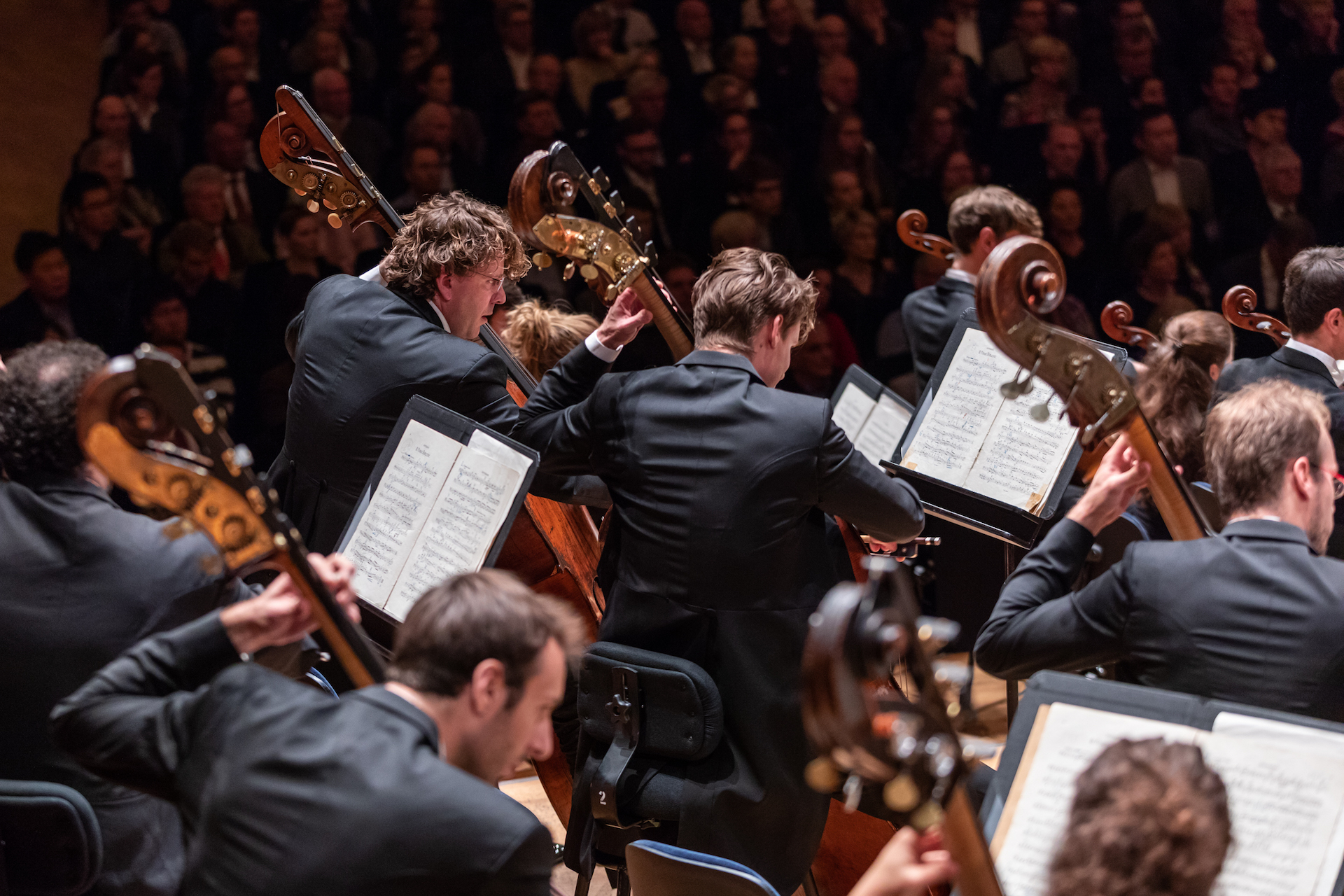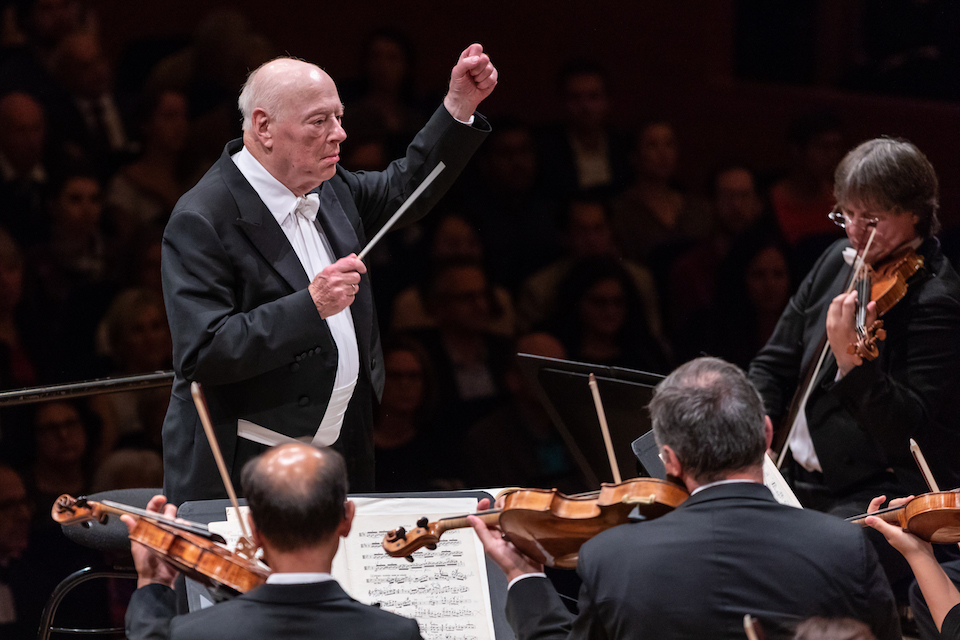LATE ROMANTIC SYMPHONIST FROM THE CONCERTGEBOUW

It was with great applause that the audience welcomed the Royal Concertgebouw Orchestra from Amsterdam to the Lucerne Festival. The works for their two concerts were by the great Austrian masters of the late 19th century Bruckner and Mahler. Also framing these works were masterpieces by Alban Berg of the second Viennese school and that great German romanticist Wagner.
The first concert began with the sumptuous Prelude to Act III of Wagner’s great comic opera Die Meistersinger von Nurnberg. The brass had a field day with gorgeous toned golden chordal passages interspersed with singing string lines. This was a perfect contemplative and meditative opening with short snatches of melodic lines culled from the opera itself.

Soprano Anett Fritsch, Salzburg’s acclaimed Donna Elvira and Figaro Countess sang Berg’s aphoristically concise Altenberg Lieder, the early Five Orchestral Lieder op. 4 based on postcard texts. The music in comparison with the other two works on the day was atonal and angular. It was an emotionally charged performance with some lovely notes at the top of the register.
The second half of the concert contained the hour-long Symphony no. 3 in D minor by Bruckner (third version from 1889 Novak edition). Bruckner dedicated this symphony to Wagner, “the unreachable, world-famous, and sublime master of poetry and music. O master I worship you”. The close connection between the two is easy to hear musically even if Bruckner deleted 15 literal Wagner quotes that appeared in the first version, but in terms of their personality both composers were worlds apart. Wagner is a revolutionary and visionary, a bon vivant living an extravagant life style who was even courted by royalty such as Ludwig II of Bavaria. The submissive Bruckner on the other hand fawned before any superior personality, lived for a time in abject penury and often had to read full invective. The first movement started with a loud brass fanfare proceeding to a very mysterious and long first movement. It was immediately apparent that this was no ordinary orchestra but a superior body of musicians guided ably and sensitively by their conductor Manfred Honeck. Even at climaxes he coaxed the most beautiful sounds specially from the strings producing a lush bed. The second movement Adagio was gorgeously played with the third movement a bucolic scherzo with a waltz-like main theme and trio. The quick final movement rounded off this profound and pithy work to a resounding close.

Yet it was the Mahler Ninth on the second night that proved the orchestra’s mettle. This symphony was written between 1908 and 1909 and was the last symphony Mahler completed. Though the work is often said to be in the key of D major the tonal scheme as a whole is progressive. While the opening movement is in D major the finale is in D flat major. The premiere took place in June 1912 in Vienna with the Vienna Philharmonic conducted by Bruno Walter. Mahler’s symphonies play a key role in the identity of the world’s leading orchestras and are regarded as the touchstone for ensemble excellent – the act of interpreting them is a defining artistic rite of passage for conductors. Yet when the majority of his symphonies were first encountered the revolutionary dimensions of form, expression and orchestral language met with wide-spread resistance from audiences critics and even musicians.
A notable exception was the Concertgebouw Orchestra as it was then known which boasts a legendarily close relationship with Mahler himself. This began in 1903 when the composer was invited to guest conduct his Third Symphony by principal conductor Willem Mengelberg.

In the performance I witnessed, long time principal conductor of the Royal Concertgebouw Bernard Haitink harnessed this century-long tradition to perfection.
While the chamber music-like clarity of internal parts for instance in the cadenza-like closing measures of the first movement’s wind solos were kept in perspective; the passages where the whole orchestra played triple forte were never excessively loud or glaring. This was playing of the utmost refinement and the five minutes long applause was thoroughly deserved-a triumph for the Concertgebouw.




